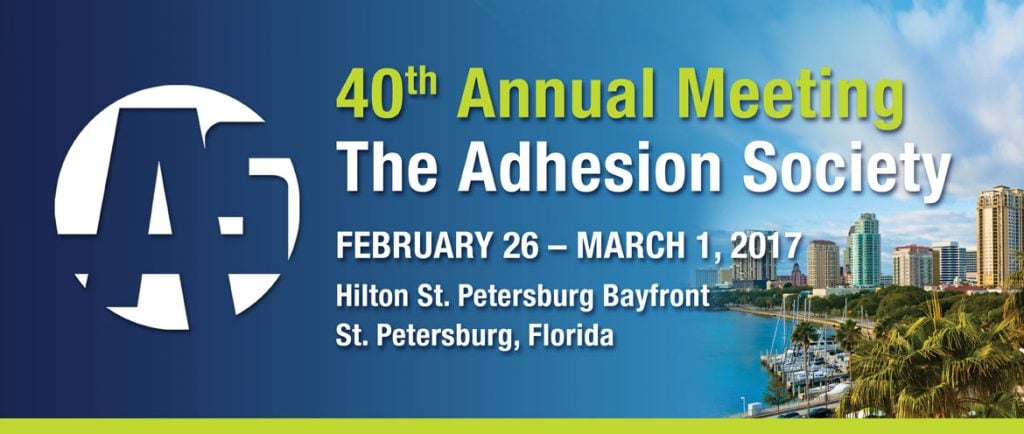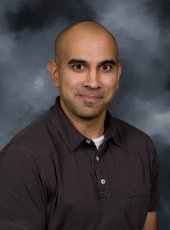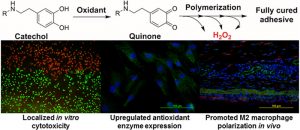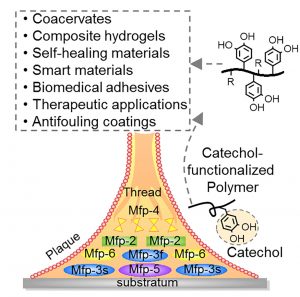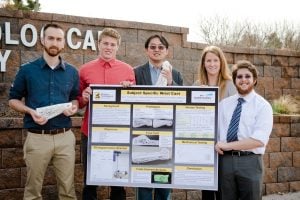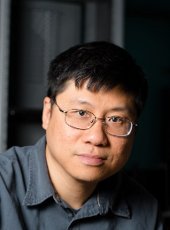
Keat Ghee Ong (Bio Med/LSTI), is the principal investigator on a project that has received a $467,660 research and development grant from the US Department of Health and Human Services, National Institutes of Health.
The project is titled “Mechanically Active Magnetoelastic System for Controlled Loading Environment to Promote Vascularized Bone Regeneration.” This is a three-year project.
By Sponsored Programs.
